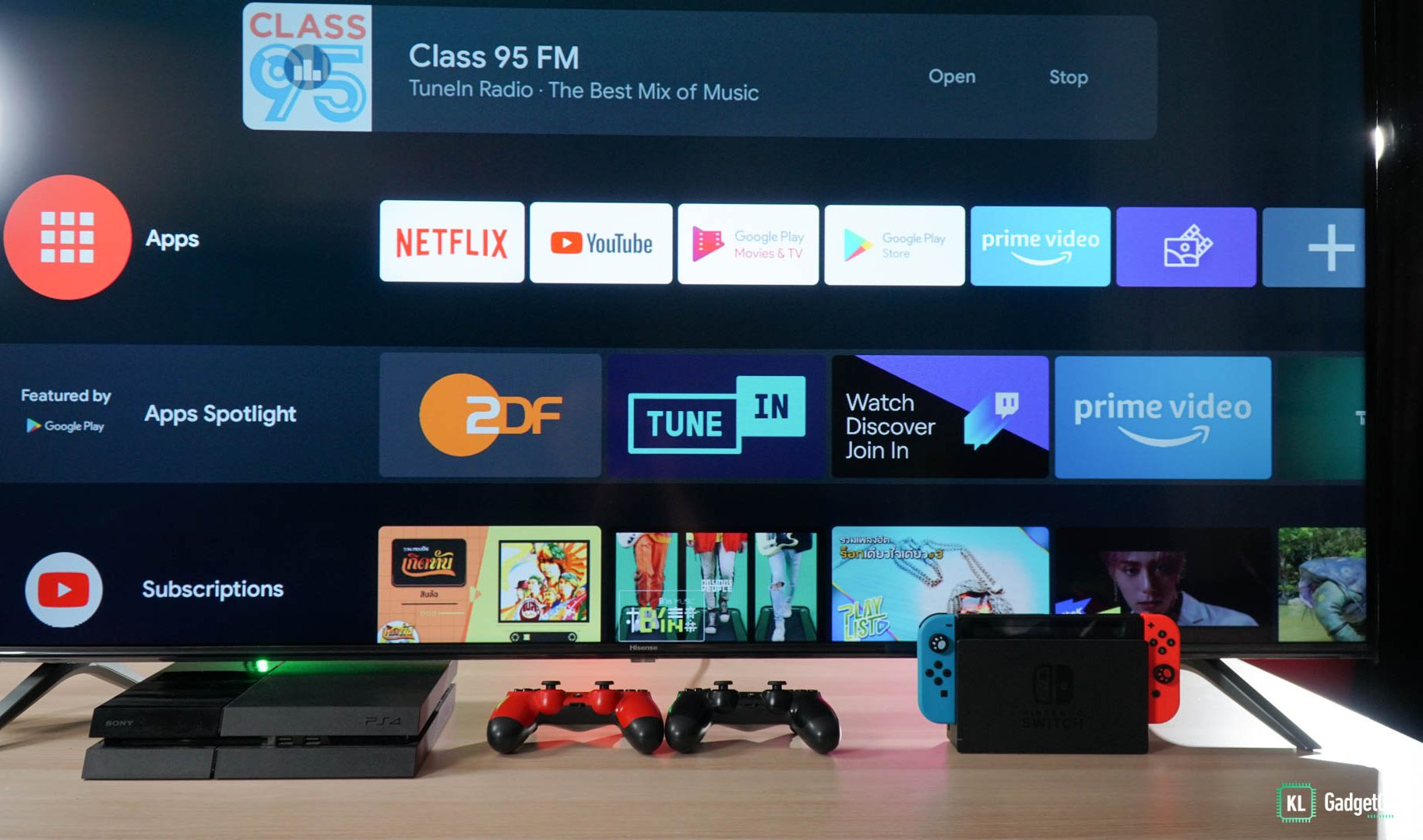

Routing of multi-channel PCM, Dolby®, and DTS® audio sources is supported through the HDMI and DM 8G+ outputs. In fact, the audio from any HDMI source can be extracted from the digital stream and converted to analog to feed an outboard processor, mixer, or codec, with the return signal feeding back through any analog input, which can be embedded with any video source to form a new HDMI output. The HDMI, SPDIF, and analog audio inputs may be configured to follow their associated video inputs, or switched independently. Built-in matrix switching allows routing of seven simultaneous sources to four different digital AV devices and three additional analog audio components. Input auto-detection and auto-switching eliminates the need to configure the inputs - simply connect your source and the DMPS-300-C selects the right audio and video combination. Connectivity is provided for up to five HDMI® sources, or other combinations of HDMI, RGB, SPDIF, analog audio, and analog video sources (plus additional remote sources via DM 8G+ or HDBaseT). The DMPS-300-C provides high-performance routing of numerous digital and analog sources to up to four separate projectors, flat panel displays, codecs, touch screens, and other devices. Built-in DigitalMedia and HDBaseT® connectivity affords a streamlined wiring solution for interfacing with remote AV sources, computers, and display devices. Auto-configuring inputs enable plug-and-play compatibility with a wide range of digital and analog sources. Integrating the control system, multimedia matrix switcher, mic mixer, audio DSP, and amplifier all into one 3-space rack mount package, the DMPS-300-C affords extensive signal routing flexibility and high-performance signal processing without the need for separate components. It’ll be like it was never even there.Įditor’s note: this article was updated on July 26, 2021, to add techncial information and a contents menu.The DMPS-300-C from Crestron® is a complete, high-definition presentation control and signal routing solution for classrooms, boardrooms, lecture halls, and videoconference rooms. If it’s not too serious, then chances are you can account for that quirk when you EQ.


#WHY DOES DTS AUDIO CONTROL PANEL SOUND HARSH PROFESSIONAL#
Why should you EQ your music if a professional engineer has already done it? Well, there are two main reasons why you’d want to equalize your music, and they’re not mutually exclusive.


 0 kommentar(er)
0 kommentar(er)
